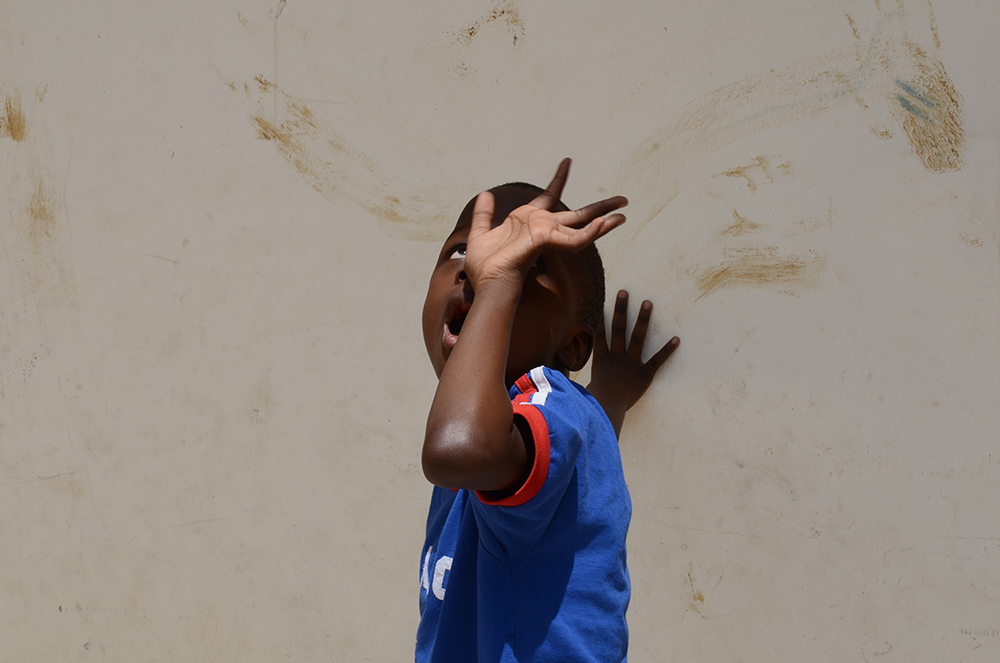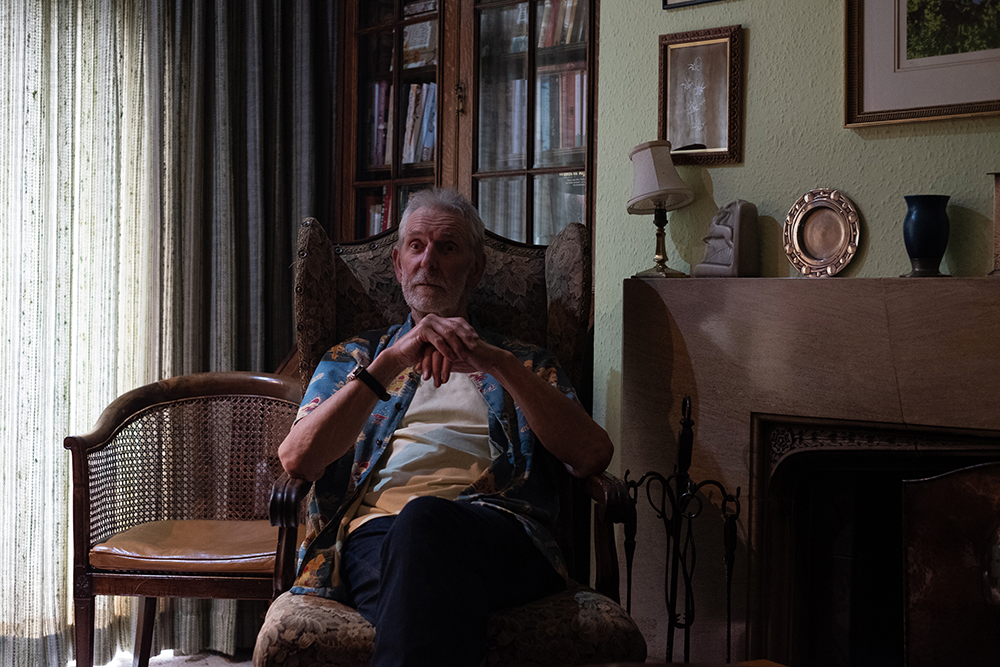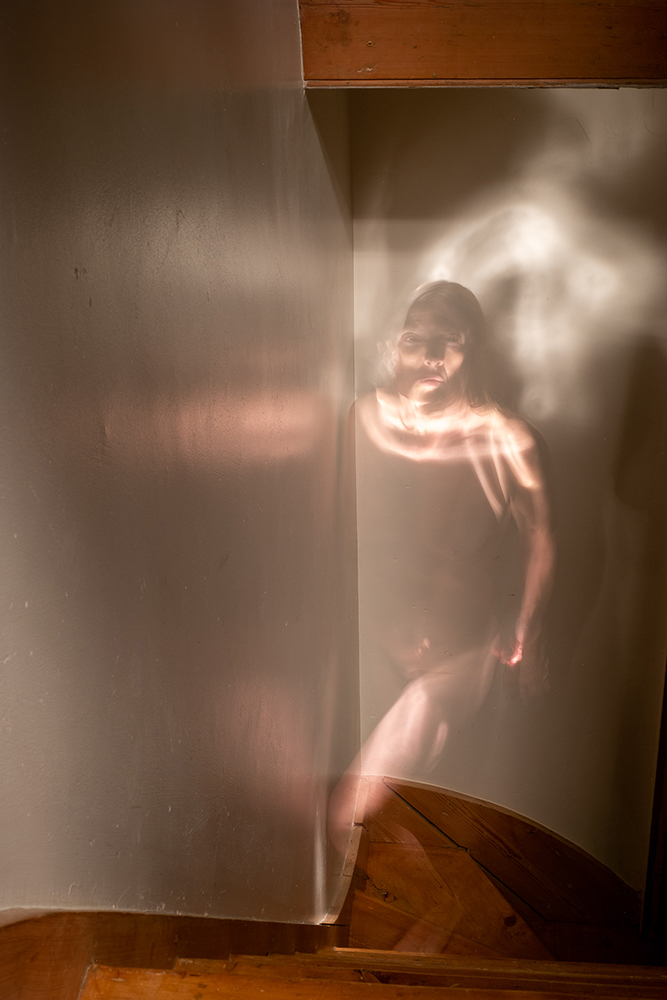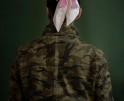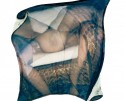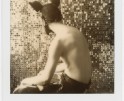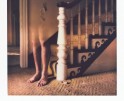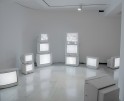Inner Vision: Photography by Blind Artists: Karren Visser
Mesmerised by sunlight the boy with nonverbal autism conveyed no awareness of my presence and being photographed. He moved at lightning speed across a yard in front of a small block of apartments with a high perimeter wall and gate where he lived with his mother, aunt and older cousin. I saw women and children in the yard or heard their voices from behind closed front doors, but no men. The boy’s mother and aunt were from western Kenya, an area with declining food production and chronic poverty. They had come to the coast in their late teens to work in the bars along a dusty strip of road north of Mombasa, known for its high risk of HIV acquisition and as a favourite budget holiday destination for retired Europeans. Midday tropical heat and humidity were exacerbated by the glare. The boy moved ceaselessly against the apartment wall. I tried to keep up with him. In a blink of an eye, we may enter his world, and yet his stance and expression are representative of many children with profound autism.
I walk disjointedly from one terrain to another. The first is vivid, full of detail that comes together and immediately fragments, as things fall apart, they merge. The second is black, retinal damage nothingness. These terrains have no borders or signposts, instead, there is an arm, someone’s shoe, a bicycle wheel, tree branches, litter, and the side of a bus or car. All seen and then gone, not there and suddenly up close.
Nudged from behind to cross a road I found myself outside a pub. Moments later a conversation with strangers near the doorstep, me asking if the pub served food, resulted in a man with a Dutch accent inviting me to join his family and go inside. Their polite enquiry about my sight impairment, while I folded up my long white cane, led me to mention how I map out in my mind an unfamiliar environment using all my senses. His wife told me of her friend whose eyesight deteriorated over two decades and who no longer goes out alone. Their son, a surgeon seemed interested to know about my photography. Seated to my left, I was aware that the man had fallen silent during the exchange between his wife, son and me, and then he said something I did not absorb at first. He repeated, “You are working all the time to see. Your photography. The way you go by yourself. It’s all the same to you, isn’t it?” He understood what many people I know fail to grasp.
Not wishing to accept that I am looking at photographs less and reading bite-size chunks of text, in August 2021 I emailed Aline Smithson and asked if the articles on the Lenscratch website could include audio links. Voiceover or screen readers are helpful, and the technology is improving, yet it remains an electronic outpouring, one word after the other. Aline’s reply surprised me. “What people don’t realize is that Lenscratch, though we have lots of contributors, is a tiny staff of 2. Everyone who contributes (including me) works for free and any financial compensation through ads or donations go directly to our awards. We are doing this as a give back to our community, on top of our own careers as artists and educators. Unfortunately, we don’t have the bandwidth to do more, though I would so love to make this a possibility for you.” She ended her message: “I think it would make an amazing week to feature photographers with sight disabilities. Would love to get your thoughts.” My immediate thought was to share this suggestion with other blind and partially blind photographers to show that our lack of or limited sight is not all that we have in common. Nor does this define the way we photograph and our motivation for photographing, or our subject matter. As the reaction from those with healthy vision has taught me that to most, we are either blind or can see.
All three of my chosen photographs, the boy with autism, the man in his sitting room and a self-portrait, have something in common that is representative of my work. In piecing together details, often fleeting and disconnected, I look for patterns of communication that represent the person and their situation. To say, I look is misleading. It excludes the instinctive sensual experience, and it is this I wish to show in my photographs.
Graham, a blind English man in his early eighties, seated in the curtain-drawn sitting room of his home furnished with vintage, predominantly art and crafts furniture, spoke about being in care from the age of three weeks, his strong work ethic, a love for dancing and swimming, and his involvement in many activities including as the chair of DiscoInclusive, a regular social event for adults with disabilities. Before he lost most of his sight and had to retire, being a landscape architect gave him the opportunity, in his own words, “to create the best possible environment in a meaningful way for as many people as possible.” Graham said, “I feel very strongly a sense of responsibility as a person with an impairment and with a capability and capacity to make a difference, I’ve got to do my bit to shape what happens for us, as people living with impairments.” He spoke without pause. My index finger was poised on my camera shutter-release button and all I could do to interrupt was call his name. In the millisecond, he cocked an eye I hoped to convey his tenacity, his fortitude and appreciation of his surroundings.
Sonia Soberats, the remarkable New York-based blind light painting photographer who died in April 2023, taught me how to use the warm light from an incandescent bulb torch. My self-portrait began as an idea, part coming, part leaving, stairs descending and ascending, the turning inward of my right eye, no longer a vehicle for sight. An expression of grieving, the memory of desire. Two decades of familiarity with this stairwell meant there was no need for the usual analysis and piecing together of details. Instead, I felt and yes, touched, and listened for what sounded in the middle of the night like the house breathing.
I see audio description as having a rapport with photographs, instead of providing aloof clarity of what others see perhaps. My wish is to convey in words the sensual, albeit transient intimacy I often feel behind the camera and to be part of a wider conversation about the relationship between image and text.
Posts on Lenscratch may not be reproduced without the permission of the Lenscratch staff and the photographer.

